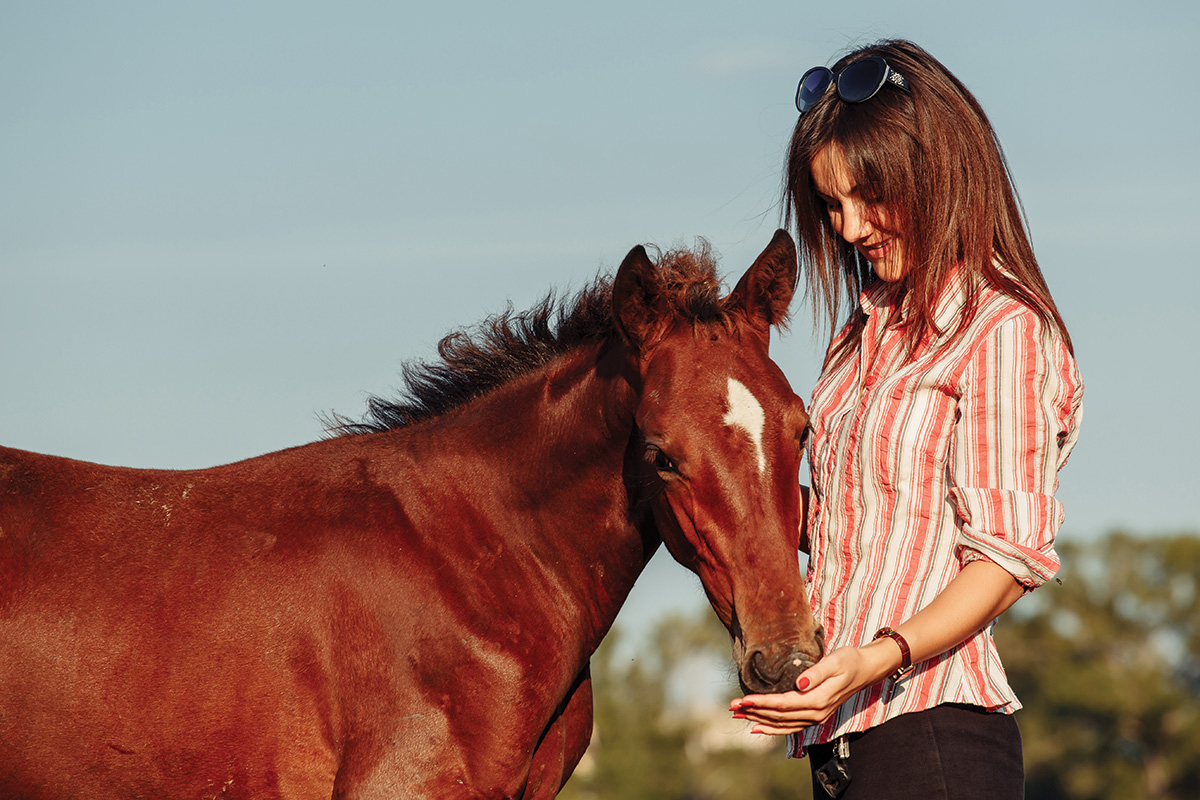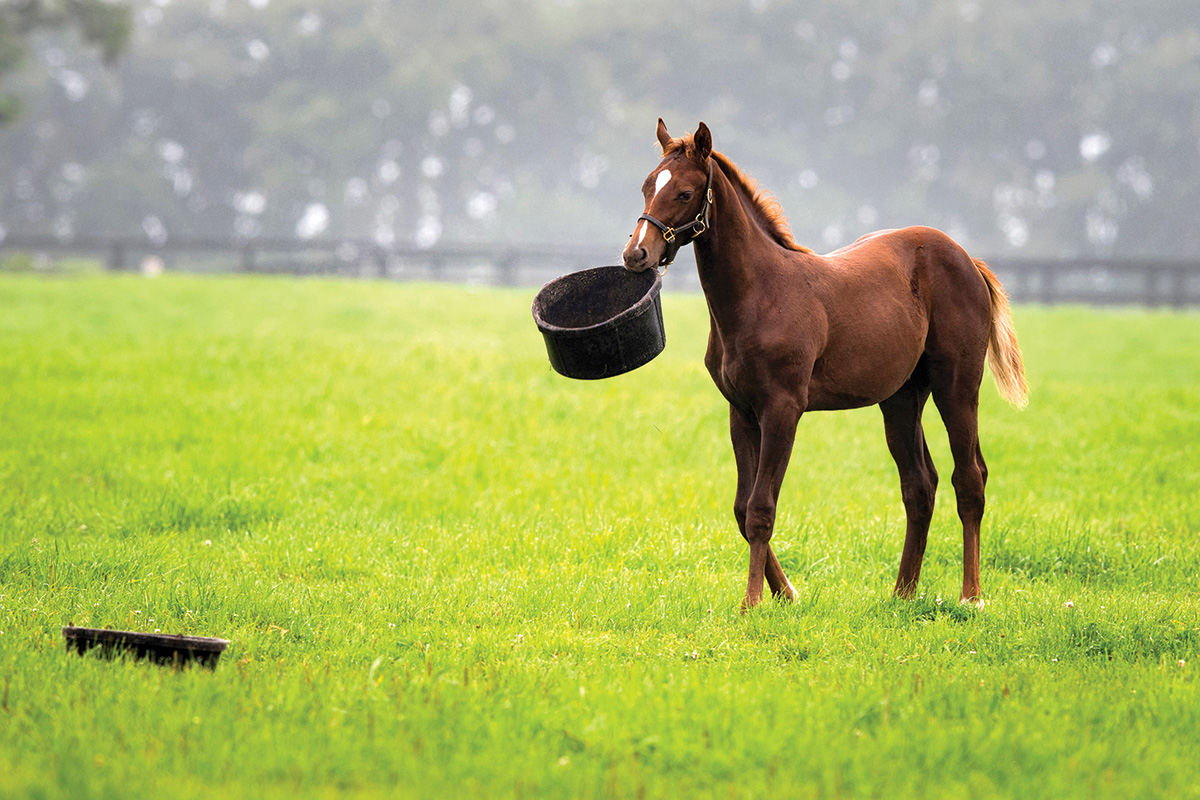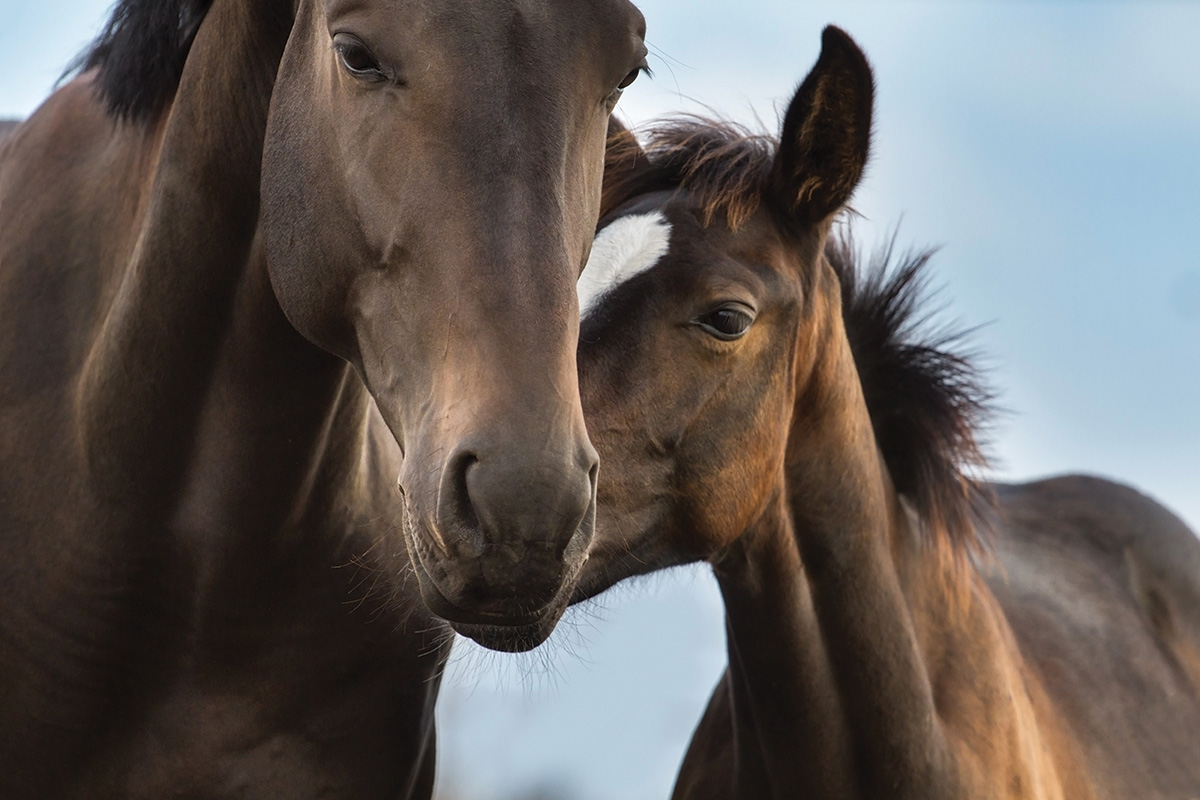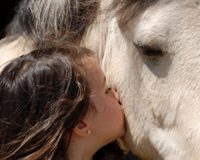
Raising a foal is a long-held dream for many horse lovers. Perhaps you’d like to do it without adding a new breeding to the horse population and feel that adopting an orphan foal is the perfect solution. But unlike the decision to adopt or raise an adult horse, this choice can be fraught with challenges: Globally, the population of foals available for adoption is low. However, opportunities do pop up occasionally.
Optimal Timing
According to Emily Weiss, Ph.D., vice president of ASPCA Equine Welfare, when coming to the aid of an orphan foal, the first step is to try pairing that foal with a nurse mare.
“These young foals need a lot of attention,” she explains. “We want to make sure they have tactile experiences, because there is a huge amount of brain development that’s going on. These foals can end up being sensitive to sound or touch. It’s important to make sure they have experiences that are similar to when they were with a mare.”
Adoption can be considered an appropriate next step once the foal has been placed with a nurse mare or their situation has otherwise been stabilized. Because their requirements are different, pairing orphan or nurse mare foals with just the right person is a critical part of the adoption process. Timing is everything.
“[The age at which] foals are adopted often depends on when we have the right person to adopt them,” Weiss says. “The more attention they can get, the better. Some of our Right Horse Adoption Partner organizations are adopting them out [when they have a match] to people who can give them what they need, while others keep them until they are older.”
If the foal is a colt, gelding age (typically between 6 and 12 months) is often a factor when considering when to put an individual foal up for adoption. According to Weiss, these foals will often either be gelded before adoption, have an agreement in place that the foal comes back to the adoption center for gelding, or have the adopter provide confirmation that the gelding procedure took place.
Special Considerations
If you are considering adopting an orphan or nurse mare foal, it’s important to not only think about the large commitment of time involved, but also your facilities. Ask yourself the following questions:
◆ Do I have time to adequately accustom my new foal to stress-free, basic handling? At a minimum, you’ll want to teach your foal to be led and become comfortable with the handling required for routine vaccinations, deworming, and farrier care. It’s easy to become distracted by the foal’s small size. Remember, some behaviors may be cute for a foal but can be downright dangerous when performed by an adult horse.
Examples of these behavior include small things, such as nibbling, to large things, such as hugging their handler with their neck and front leg. Establishing a respectful relationship with a foal at this young age is paramount.
◆ Am I well acquainted with the vaccination and deworming schedules for a foal? For example, a foal requires a series of vaccinations when getting his first shots rather than a single annual booster.
◆ Do I know enough about the nutritional management of a young foal? As with vaccination and deworming, these requirements differ from those of an adult horse.
In addition to bottle feeding or mare’s milk, you’ll want to learn at what age to introduce feed, what appropriate feed options are, the correct amount to feed, and creep feeding, all with an eye toward meeting your foal’s unique nutritional needs.

◆ Are my facilities set up to handle a foal? While many facility requirements for foals and adult horses are similar, there are some key differences. You will need to make sure that your fencing, stall space, waterers, feed buckets, et cetera, are all set up to accommodate the size of the horse you are adopting.
◆ Can I accommodate additional enrichment beyond that traditionally provided for adult horses? According to Weiss, foals have hyper-oral behaviors and a need for stimuli.
“Make sure you have lots of enrichment around,” she explains. “The more big, colorful things you can have, the better.”
She encourages flapping tarps and flags, umbrellas, and large toy balls to help youngsters become comfortable with a variety of sights, sounds, and smells, all while in the confines of a safe environment. This helps the foal to build the right neural connections. As an adopter of a foal, you’re responsible for a lot of the brain development that occurs during the first year of life.
Buddy Power
Additionally, horses are herd animals and can experience significant stress when housed alone. To reduce psychological stress that may also physically affect the foal, it is vital that you have at least one other horse that can serve as a companion for the foal.
Companion horses can also help keep behavioral issues at bay by teaching the foal boundaries and how to interact with other horses. However, not having a companion horse already in place does not preclude adoption.
“We are happy to find someone a companion horse,” Weiss says.

While an enormous undertaking, the decision to adopt a foal can be a rewarding experience and an opportunity to start with a clean slate, molding your new young horse into the perfect companion.
This article about adopting an orphan foal appeared in the March 2022 issue of Horse Illustrated magazine. Click here to subscribe!





